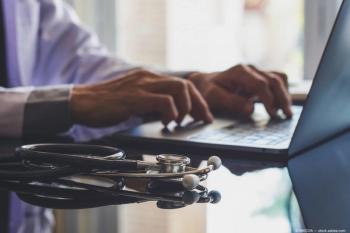
Accuracy of diabetic retinopathy screening not affected by mydriasis
An investigation published in the Archives of Ophthalmology has indicated that the accuracy of screening for diabetic retinopathy (DR) is affected by the qualifications of retinal photographers but not by mydriasis.
An investigation published in the Archives of Ophthalmology has indicated that the accuracy of screening for diabetic retinopathy (DR) is affected by the qualifications of retinal photographers but not by mydriasis.
The team, led by Dr Peter Bragge of the National Trauma Research Institute, Melbourne, Australia, researched how mydriasis and the medical qualifications of photographers who take retinal photographs influence the screening accuracy for DR.
The researchers analysed studies that measured the sensitivity and specificity of tests designed to detect any DR, sight-threatening DR or macular oedema. The effects of variations in mydriatic status and in the medical qualifications of photographers on sensitivity and specificity were looked at through random-effects logistic regression.
It was found that the only group of tests that were consistent enough for meta analysis was the "any DR" category. In these studies no significant influence to sensitivity or specificity was found when the mydriatic status varied. This was also true for variations in medical qualifications of photographers. However, the specificity of detection of any DR was higher in screening methods using a photographer with specialist medical or eye qualifications.
It was concluded that outreach screening is a successful alternative to on-site specialist examination. The procedure is ideal for screening high-risk diabetic retinopathy patients in rural areas or areas with limited screening facilities. However, the study was confined to the presence or absence of DR and future work should use consistent DR classification schemes.
Newsletter
Get the essential updates shaping the future of pharma manufacturing and compliance—subscribe today to Pharmaceutical Technology and never miss a breakthrough.













































